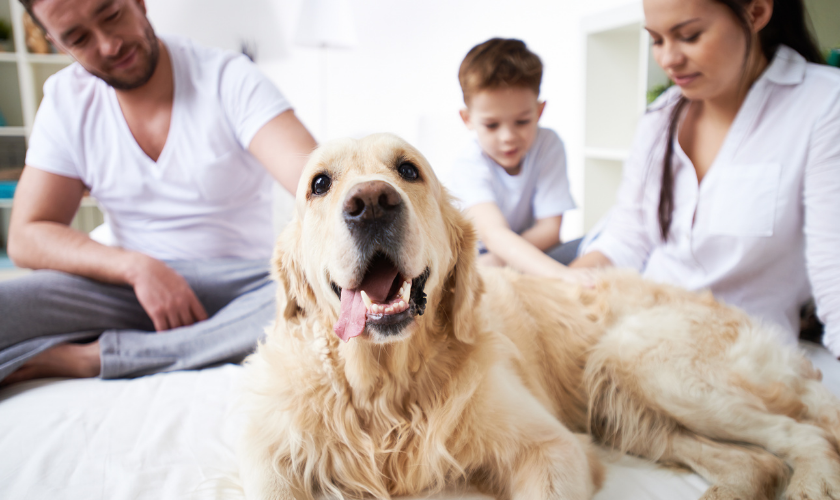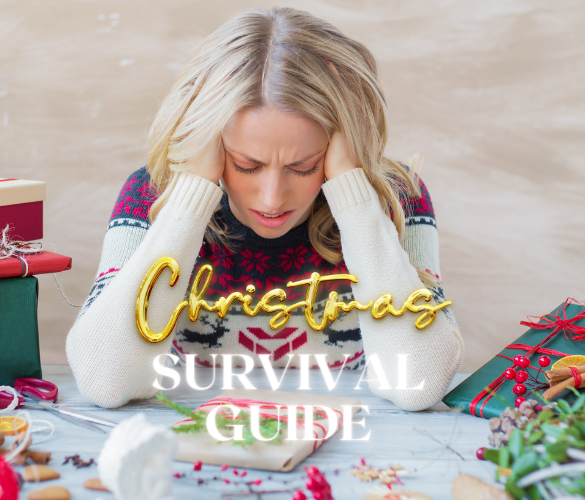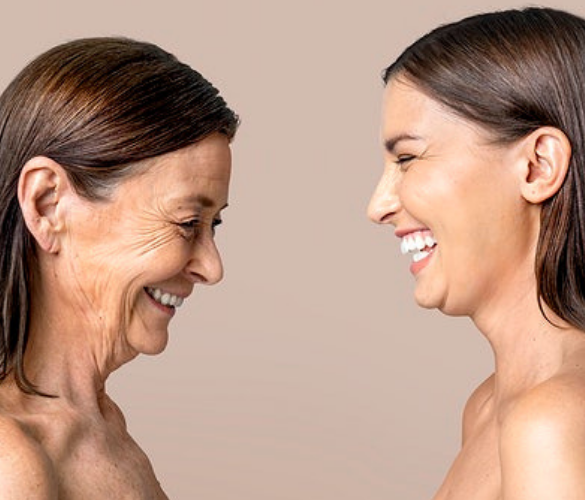In this blog I am going to go over in detail what you can do to remove some of the harmful toxins in your household that are probably causing harm to your body.
There are now more than 2,000 new chemicals being produced every year that infiltrate our soil, air, water and food supply. Exposure to toxicity is an unfortunate, yet unavoidable fact of life!
We wake in the morning with great intentions. We aim to start the day right, doing the right thing by ourselves, our families and the beautiful world in which we reside. We clean, mop, tidy the house, we shower and brush our teeth and then we clothe ourselves with freshly linened/washed clothes…unknowingly though, we may have just exposed ourselves to over 10,000 chemicals, some of which are potentially harmful toxins…all before 10am!
What is a toxin?
However, a lot of people don’t know what a toxin actually is, how it is impacting their body or where most of them reside. For a lot of people, we hear the ‘environmentalist’ or ‘Greenies’ talk about it, however we really don’t know what it means to us…well hopefully this blog gives you a bit of insight into the modern toxins we all have to deal with.
Toxins are substances that can interfere with the normal processes of the body through interference with enzymes, nutrients & cells, and mimic hormones or neurotransmitters.
A major source of toxicity for most people is their digestive system. Foods, if not digested correctly, can become fuel for the growth of bad bacteria and organisms. These organisms produce toxic chemicals, and when they die, fragments of their cell membranes can be absorbed into the blood stream and trigger an inflammatory response.
What is the best way to detox?
Yes, I’m biased however the LTLA Gut Repair Program followed by our Lifestyle Guide is the best way to avoid unwanted or unnecessary exposure to chemicals, pollutants and other harmful substances.
The Gut Repair Process will help you detoxify your internal environment; however, it is also just as important to review your habits and consider the external environment around you, including your home, workspace and even your car. We spend so much time in these spaces, but how often do we actually stop and consider how toxic our living environment may potentially be?
How can toxins cause damage to my body?
Unfortunately, there are many ways toxins interfere with our bodies. Some are noticeable and some can creep up on us over a longer period of time.
Toxic exposure can:
- Increase inflammation in the body
- Disrupt hormonal balance in both men and women
- Alter the gut microbiome & increase gut issues
- Slow down the detoxification of other substances coming into your body – maybe our liver won’t detoxify alcohol very well if dealing with other toxins…
- Deplete nutrients in our bodies which cause us to become tired & fatigued
- Cause our cells to not function well (cellular dysfunction) which can cause health issues
- Increase damage to DNA
If all of the above sounds very doom and gloom there is good news, and that is that our bodies are designed to be able to process and remove most toxins via key elimination channels including the digestive tract/bowel, liver, and kidneys.
However, where it does go astray, is when individuals become overwhelmed by too much toxic exposure and the major organs struggle to detoxify correctly. The Gut Repair Program followed by the Lifestyle Guide can not only assist your body in processing toxins better but will also educate you in identifying and removing the toxins from your household and environment.
So, let’s find these toxins!
Toxins are everywhere in our environment. Examples of toxins include heavy metals, car and factory pollution, pesticides, chemicals in our moisturisers/personal care products, chemicals in our cleaning agents, food additives and pollutants that are present in the air, water and one of the biggest forms of toxins are some of the foods we consume.
The below are the chemical hotspots in your home and environment. I can’t begin to list all the toxins in and around your home for word count! However, this will give you a general guide…
Toxins outside your home
- Synthetic pesticides: Weed and bug killers can be dangerous inside and outside of your home. Instead, use natural insect repellents like peppermint essential oil and non-toxic weed killers that aren’t dangerous for pets or run-off water.
- Perchloroethylene: This chemical is used by many dry cleaners. Although it’s being phased out by the EPA, try to find solutions to “dry clean only” clothes or air out your dry-cleaned clothes before hanging them in your wardrobe.
Toxins inside your home
- Antibacterial soaps: The antimicrobial chemical in soaps; triclosan, is known to disrupt the aquatic environment. Get rid of soaps with this harmful chemical. Also try and avoid soaps that contain animal derivatives like tallow or lanolin. Hot water and safe body wash products should do the job.
- Non-stick cookware: Most non-stick pans use perfluoroalkyl acid, which has been linked to health issues. If your non-stick cookware has a scratch, throw it out and replace it with cast iron or glassware.
- BPA’s: Bisphenol A, or BPA, is a hormone-disrupting chemical. Largely found in canned food and plastic bottles, opt for frozen foods and keep microwaveable food in glass containers instead.
- Lead: If your home was built before 1970, you may be in danger of having lead paint in your home. Just painting over it is a temporary fix. Even houses painted before the mid-1970s should be tested for lead paint before being repainted. Call a professional to remove the paint and make sure the harmful toxins are out of your home, especially if your current paint job is cracked or peeling.
- Vinyl: Vinyl is known as the “poison plastic.” Replace your floors with wood or bamboo when it’s time to remodel and avoid plastic shower-curtain liners or fake leather furniture.
- Cleaning products: Sometimes we need them to clean tough dirt and grime away however chemical cleaners can also cause havoc to our internal and external environment. One of my major dislikes are car air fresheners and air fresheners that are fragranced or made using chemical ingredients.
As we spray around the rooms, we breath in the chemicals that can in some people cause irritation to the lungs. Young children and babies whose bodies are not fully developed yet, are at higher risk of chemical exposure, resulting in potential allergies, eczema, and other skin irritations. When you have children or pets who are crawling around on the floor, always opt for more natural home care products.
Not only is it our children that we need to protect, recently, thyroid diseases have been increasing, and this has motivated scientists and researchers to investigate the cause. Studies are now showing that several toxins are at least contributing to thyroid diseases and should be avoided to protect thyroid health.
The solution is easy though and you don’t need to suffer. If you have the time, make your own natural cleaning products using ingredients such as bicarbonate of soda, vinegar, tea tree and clove oils – all effective at cleaning, and better for you and the environment. Alternatively use products that consciously eliminates unnecessary and potentially harmful ingredients found in many conventional products.
- VOCs, or Volatile Organic Compounds: VOC’s are known as indoor air pollutants that could be toxins living in your kitchen, basement, and especially laundry room. Look for unscented detergents and non-VOC plants to use in your home such as Rubber Plants, Dracaena “Janet Craig” or Peace Lily.
- Personal care and skin products: It’s not just toxins around the home that can be harmful. Many people don’t appreciate the toxic nature of many personal care products that are in everyday use and the damage that they can cause us.
Did you know that the average woman gets exposed to over 200 chemicals a day before they even leave the home?!
Personal care products and cosmetics are another potential source of chemicals that may not be ideal during a gut repair process. As many ingredients can be absorbed through the skin, it is important to assess the products you are using and invest in your health by choosing more natural skincare options. For a full list of soaps, body washes, moisturisers and cleansers please reach out and we will send you our top product list.
Conclusion…
Removing products that include harsh chemicals or ingredients is just one of the things we need to do to get us on a path to removing toxins from our lifestyle and living a cleaner life.
When you start to live clean and remove many of the harmful ingredients on and around you, start to live more. You start to take stock of your life – what you put into and onto your body, how you look after your family and the way your life impacts the planet.
Living clean starts with a single step. You’ve taken the first step just by reading this blog. It’s taking that first step that will positively impact you, your family and the environment.






